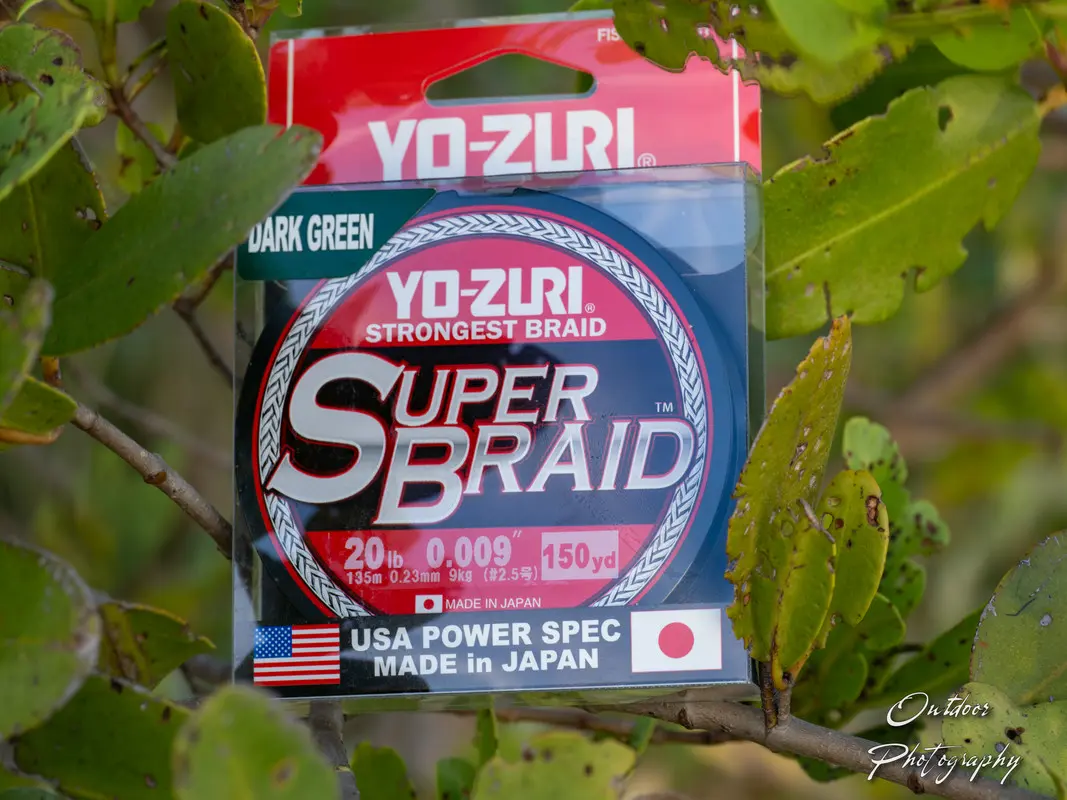Hot Takes: The Purpose of the FG Knot

The Purpose of the FG Knot in Fishing
For many anglers, the FG knot is almost mythical—talked about in hushed tones at the bait shop, dreaded by some, and respected by those who have mastered it. But what exactly is the FG knot, and why has it become such a critical tool for serious fishermen?
Why Use the FG Knot?
The FG knot is designed to connect braided main line to a fluorocarbon or monofilament leader. The key reason anglers choose the FG knot over others is its slim profile. Unlike knots such as the Double Uni or Blood Knot, the FG knot forms a streamlined connection that easily passes through rod guides, even with long leaders. This means fewer snags, longer casts, and less wear on your guides and knot.
The FG Knot Advantage
- Slimmest Braid-to-Leader Knot: No other knot creates such a low-profile join between braid and leader. This is crucial when you want to use a long leader for clear water, wary fish, or abrasion resistance.
- Superb Strength: Properly tied, the FG knot is incredibly strong—often rated near 100% line strength. It won’t slip or unravel under heavy load.
- Versatility for Long Leaders: If you need a leader or “top shot” that’s 15, 20, or even 30 feet long, the FG knot is the only realistic way to connect it and still cast and retrieve smoothly.
Why Not Just Use a Simpler Knot?
There are plenty of knots that connect two lines—Blood Knot, Double Uni, Albright, and more. But with heavy braid and thick fluorocarbon or mono, these knots become bulky and catch on the guides, especially with longer leaders. If you want to run a long top shot for bottom fishing, casting lures, or surf fishing, the FG knot is the most reliable and smooth option.
Learning the FG Knot
The truth is, the FG knot isn’t easy for beginners. It takes some practice to get the wraps right and cinch everything down tight. But investing the time pays off. Once you learn to tie it confidently, you’ll have access to leader and rigging options you simply can’t achieve with other knots.
Explore Related Topics
Discover more articles to deepen your knowledge
Curating articles for you...
Create your own Research Page using AI
Try our AI assistant for free—sign up to access this powerful feature